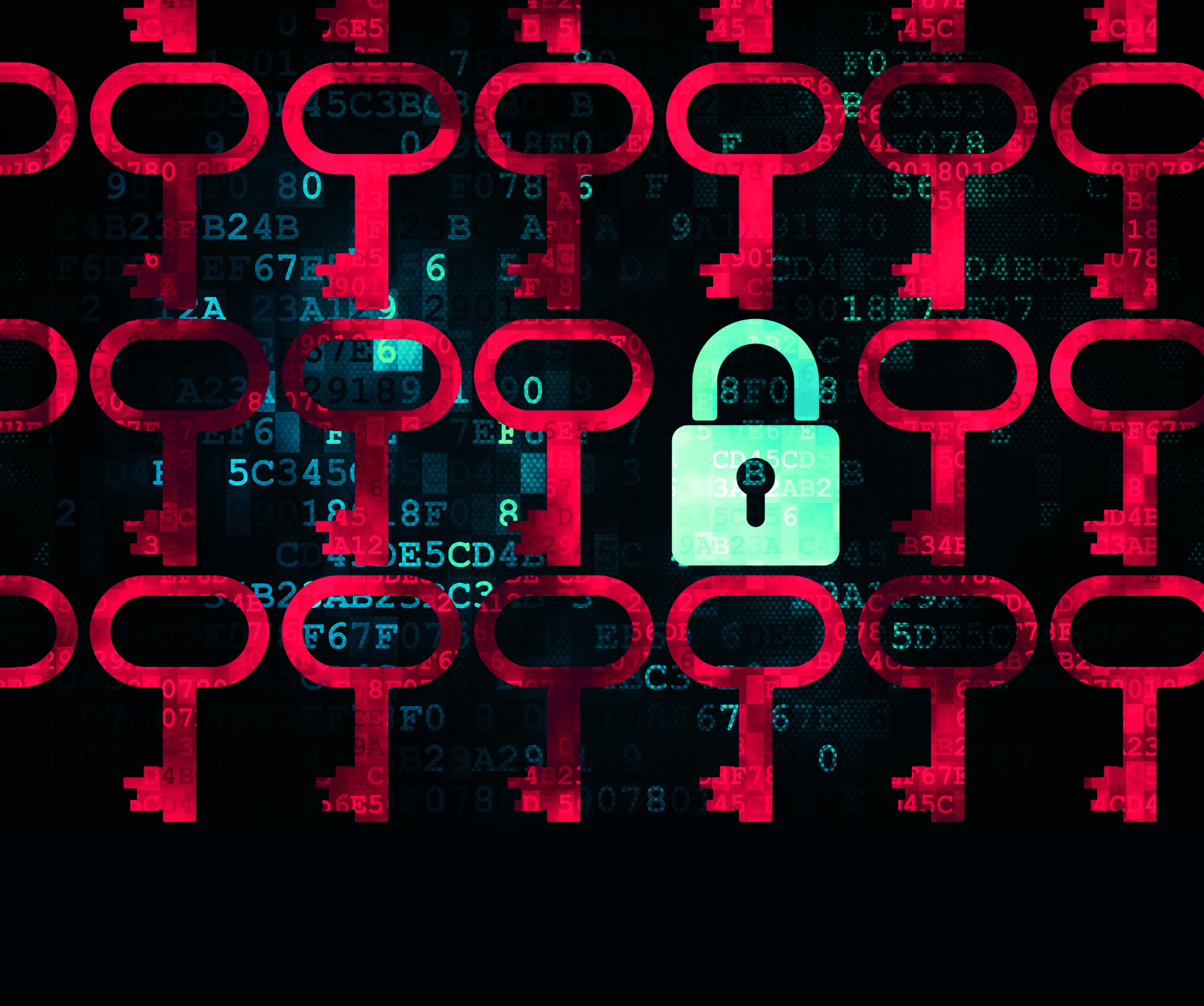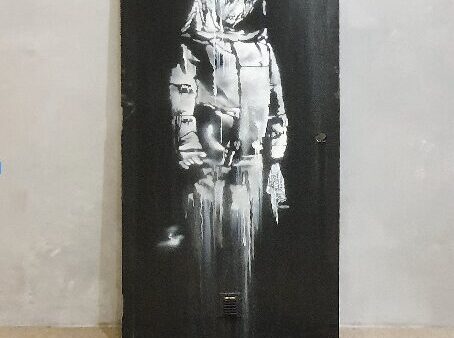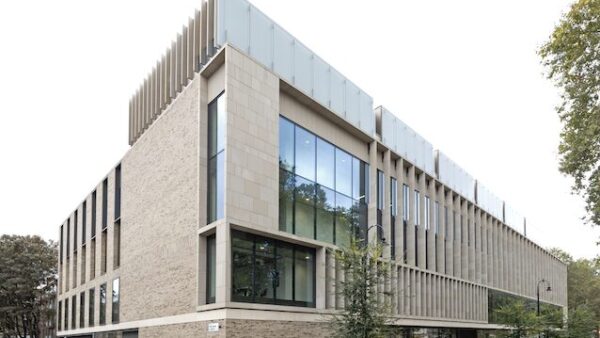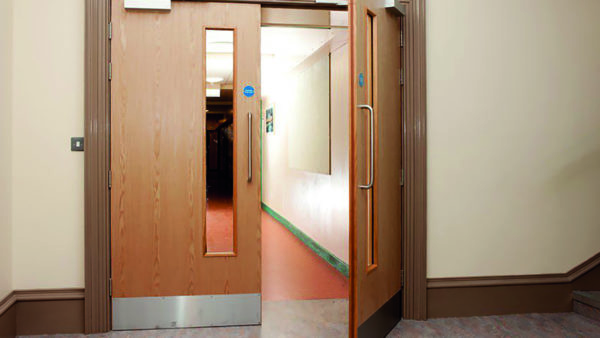
ccess control is of huge importance to the security and hardware industry. Its purpose is to ensure that authorised people are free to move around designated areas of a building at arranged times. Its benefits include reducing security risks and key issues as well as
enabling audit trails.
Access control has moved forward rapidly over the last few years, particularly with work habits changing due to increased home working, improvements in internet connectivity and the ability to use mobile phones for more and more functions. More functions are being added to software packages on a continual basis. Some of the features now available include:
- Time zones – These are set so that credentials are only allowed access within the set time zones.
- Graphic Interface – Allows images to be uploaded on the system which can include floor plans and images.
- Access rights – Permissions a user has to access areas of a building, which can include time zones, etc.
- Audit trails – A security-relevant chronological set of records, and/or destination and source of records that provide documentary evidence of the sequence of activities that have affected at any time a specific operation, procedure or event of a device.
- Anti-pass back – A feature that can be used to prevent users from passing their credential back for another user to borrow and to stop users entering an area by simply following or tailgating another user.
- Live roll call – Fire roll call systems are used to automatically identify the location of all people within the premises with pinpoint, real time accuracy.
- Count areas – Ideal for car parking spaces, it counts the number of cars entering and leaving a car park and can even show vacant spaces
- Lockdown – Used to lockdown either a system or individual doors, such as in a terrorist situation
- Buddy system – A procedure in which two individuals operate together as a single unit so that they are able to monitor and help each other, ideal for security to ensure that officer’s patrol in pairs around a building, particularly when the building staff have vacated the building at night.
Smartlocks
One type of locking which is becoming more and more popular is the ‘electronic escutcheon’ otherwise known as a “smartlock”. This is an electronic access control solution allowing multiple doors to be linked to each other but not online to a computer. They are powered through a battery which can have up to a three-year lifespan and have flexibility in that they can be used with a number of locks including multipoint locks. The programming can be done a number of ways including by PC, downloaded via a handheld terminal, downloaded by card, by Bluetooth using a mobile phone or via wi-fi using Cloud technology.
Wireless access control
Wireless access control locking is also increasingly popular and is available through battery driven locks that allow access via RFID card, fob, PIN, mobile phone or biometric fingerprint. These have the advantage that they are relatively easy to fit or retrofit, the system can be expanded easily, and they can be supplied with software and programmers, or more recently cloud and app based software. They also allow for remote opening if connected to Wi-Fi. They are suitable for timber, metal and glass doors in both swing and sliding door configurations and are available in various sizes, types, finishes and shapes.
Mobile phone technology can now be used thus removing the need for cards or fobs. Near Field Communication ‘NFC’ can also be enabled giving a more secure connection between the phone and the lock. Most apps require you to open the app after unlocking the phone thus giving an extra level of authentication to increase security.
Wireless access control can be used at home using apps to assign users and home connection set up can use an existing wi-fi network, Bluetooth or a separate hub and existing wi-fi network plus Z-Wave or Zigbee technology.
Reading technologies
Reading technologies are an area that have grown more rapidly with improved and quicker response times using Bluetooth and Cloud based products. Reading credentials now have more products being introduced on to the market with credentials being built into them with Smartlocks being a typical example.
There are a number of different technologies for authentication that can be used to gain access within an access control system. Each technology has a different level of security from the lowest such as a common PIN code through to medium such as a token or card, right up to the highest such as biometric readers.
Biometric reading technologies are viewed as being at the cutting edge of security technology. It is the measurement and analysis of the unique physical or behavioural characteristics used to recognise humans. It works by unobtrusively matching patterns of live individuals’ data in real time, against enrolled records. Biometric data is initially read with an ‘enrolment’ reader and the data is then ‘encoded’ into a template which is usually stored in an access control database or on a smartcard for later use. The encoding process ensures that the data cannot be reproduced from the template, only compared against a recently read sample for a pass/fail result. Biometric sensors are either contact (i.e., the user needs to touch the sensor) or contactless (i.e., the user does not touch the sensor) technologies.
In large scale systems fingerprint readers have transferred gradually
over to facial recognition using HD camera technology from the CCTV systems linked to the access control. The following features are all
relevant in this area:
- Digital On-boarding – this is the integration of digital information into access control systems which use
- AI-Powered identity verification.
This has become a feature of many different offerings from manufacturers. This can be completed remotely meaning someone can be added to a system in advance. - Geo-Fencing of areas which is when invisible perimeter lines are set up in a system so an alarm is activated if someone crosses these lines into an area where they should not enter.
- 3D facial recognition has become a part of people’s lives from their mobile phone unlocking, and this technology has become common in access control systems as a method of contactless access control.
- Face Recognition Vendor Test (FRVT) has a system of testing the speed a system can recognize a face when approaching a reader and allow or deny access to the user. Most systems can do this in less than two seconds.
- Biometric Passports are becoming the norm now so security through airports has increased with verification, in some airports the screening is checked again at the boarding gate to the aircraft.
- 3D Matrix Face recognition software takes multiple spots on a persons face and creates a digital signature which can be stored as a reference in a database, using digital onboarding. It can deal with facial hair changes or the wearing of hats and glasses. The system can have RFID cards or mobile phones linked to the account so a higher level of security can be achieved, and the ID card can’t be given to another person for access.
As it gives a high level of security, is user friendly and contactless, biometric technology is being rapidly adapted to make buildings more accessible and still give a high level of access control.
Access control is one area which moves quickly in our ever-changing world.
The Specifiers Guide to Access Control and The Specifiers Guide to the Internet of Things are available from the GAI website.








